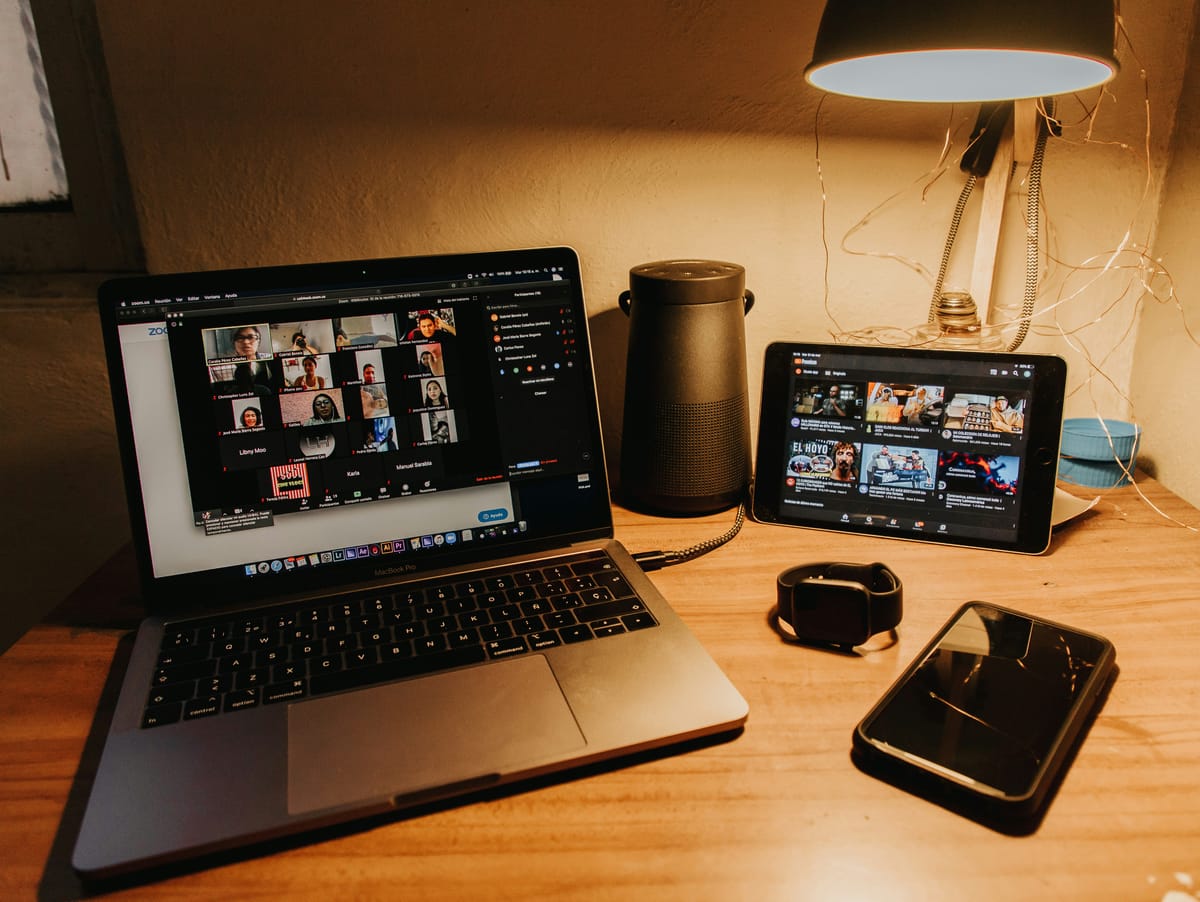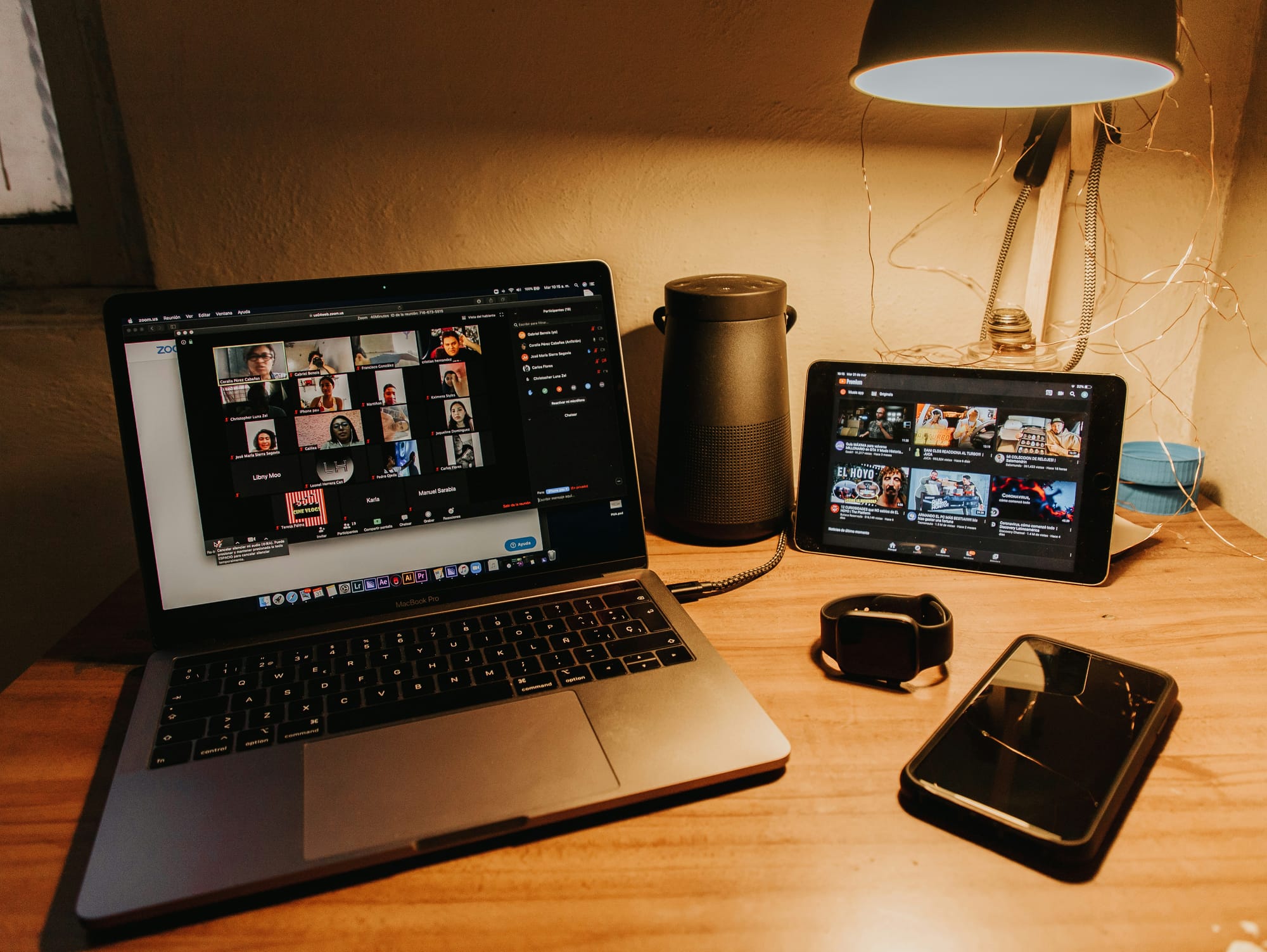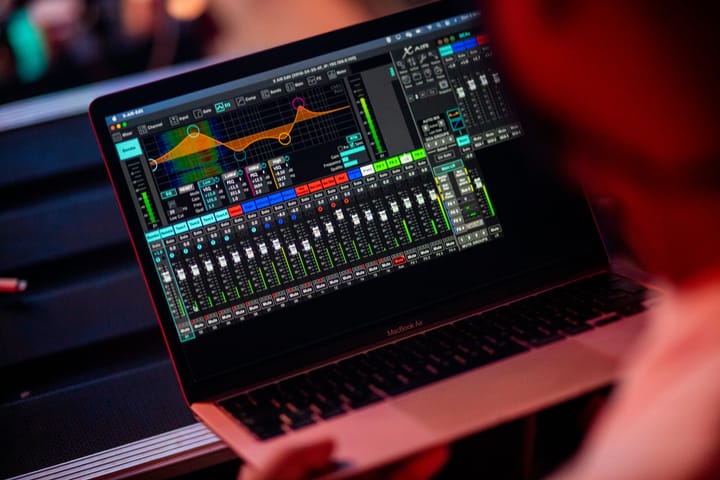Top Virtual Events Platforms for 2024
The landscape of virtual events has transformed significantly, especially post-2020.


Key Takeaways
- Hopin integrates AI-driven matchmaking for networking opportunities and offers detailed insights into attendee engagement and behavior.
- Zoom Events provides customizable registration pages, a central Event Hub, and dedicated spaces for sponsors to interact with attendees.
- vFairs specializes in immersive virtual environments with features like 3D booths, webinar integration, and gamification.
The landscape of virtual events has transformed significantly, especially post-2020. With technological advancements and growing demand for remote engagement, the virtual events industry has seen the emergence of numerous platforms catering to a variety of needs. Whether you’re hosting a corporate conference, a webinar, or a virtual trade show, choosing the right platform can make or break your event's success. In this article, we’ll explore the top virtual events platforms for 2024, including a little-known fact about these platforms that might surprise you.
Little-Known Fact: AI Integration for Enhanced Engagement
One fascinating and not widely known fact about modern virtual event platforms is the integration of AI for enhanced engagement. Many top platforms are now utilizing AI-driven analytics to provide insights into attendee behavior, preferences, and engagement levels. This allows organizers to tailor content and interaction dynamically, enhancing the overall experience. For instance, AI can analyze which sessions are most popular, suggest relevant sessions to attendees, and even facilitate networking by connecting participants with similar interests.
Top Virtual Events Platforms for 2024
1. Hopin
Hopin has rapidly become a go-to platform for virtual events, offering an all-in-one solution that includes registration, streaming, networking, and analytics.
Key Features:
- Interactive Sessions: Live streaming, pre-recorded videos, and interactive Q&A.
- Networking Opportunities: AI-driven matchmaking for attendees.
- Analytics: Detailed insights into attendee engagement and behavior.
How to Use Hopin:
- Create Your Event: Start by setting up your event on Hopin’s platform. Customize the event details, including the name, date, and agenda.
- Engage Attendees: Utilize the interactive sessions feature to conduct live streams and pre-recorded videos. Encourage participation through Q&A sessions.
- Facilitate Networking: Leverage AI-driven matchmaking to connect attendees with similar interests, enhancing their networking experience.
- Analyze Performance: Use the detailed analytics provided by Hopin to understand attendee engagement and behavior, helping you improve future events.
2. Zoom Events
Zoom Events builds on the familiar Zoom Meetings, providing a more comprehensive solution for hosting large-scale virtual events.
Key Features:
- Customizable Registration: Personalized registration pages and emails.
- Event Hub: A central location for managing and accessing event content.
- Sponsor Integration: Dedicated spaces for sponsors to interact with attendees.
How to Use Zoom Events:
- Set Up Registration: Create personalized registration pages to capture attendee information and send customized emails to registrants.
- Utilize the Event Hub: Manage all your event content from the central Event Hub. Upload session details, speaker bios, and other relevant materials.
- Engage Sponsors: Provide dedicated spaces for sponsors within the platform to interact with attendees, showcase their products, and generate leads.
- Host Sessions: Conduct live sessions, webinars, and interactive discussions using Zoom’s reliable streaming capabilities.
3. vFairs
vFairs specializes in creating immersive virtual environments, making it ideal for trade shows and expos.
Key Features:
- 3D Booths: Interactive and visually appealing virtual booths.
- Webinar Integration: Seamless integration with popular webinar platforms.
- Gamification: Engaging features like leaderboards and virtual scavenger hunts.
How to Use vFairs:
- Design 3D Booths: Create visually appealing virtual booths for exhibitors, allowing them to showcase their products and interact with attendees.
- Integrate Webinars: Use vFairs’ seamless integration with popular webinar platforms to host live presentations and panel discussions.
- Implement Gamification: Enhance attendee engagement by incorporating gamification elements such as leaderboards and virtual scavenger hunts.
- Analyze Data: Use the platform’s analytics to track engagement metrics, booth visits, and attendee interactions.
How to Make a YouTube Video for Your Virtual Event
Creating a YouTube video for your virtual event can significantly boost its reach and engagement. Here’s a step-by-step guide to help you create a compelling YouTube video:
Step 1: Plan Your Content
- Define Your Goals: Determine what you want to achieve with your video (e.g., promote an event, provide highlights, etc.).
- Identify Your Audience: Understand who your target viewers are and tailor your content accordingly.
- Create an Outline: Draft a script or a storyboard to organize your video content.
Step 2: Set Up Your Recording Equipment
- Camera: Use a good quality camera (a smartphone with a good camera can work too).
- Microphone: Ensure clear audio with a quality microphone.
- Lighting: Use natural light or softbox lights for a well-lit video.
Step 3: Record Your Video
- Find a Quiet Space: Choose a location with minimal background noise.
- Maintain Eye Contact: Look directly at the camera to engage with viewers.
- Stay Concise: Keep your message clear and to the point.
Step 4: Edit Your Video
- Editing Software: Use software like Adobe Premiere Pro, Final Cut Pro, or even free options like DaVinci Resolve.
- Trim Unnecessary Parts: Cut out any mistakes or unnecessary content.
- Add Graphics and Effects: Include text overlays, transitions, and other effects to enhance your video.
Step 5: Upload to YouTube
- Create a YouTube Channel: If you don’t have one, create a channel for your brand or event.
- Upload Your Video: Follow YouTube’s instructions to upload your video file.
- Optimize Your Video: Add a compelling title, description, and relevant tags. Create an eye-catching thumbnail.
Step 6: Promote Your Video
- Share on Social Media: Post your video on platforms like Facebook, Twitter, and LinkedIn.
- Embed on Your Website: Include the video on your event website or blog.
- Email Marketing: Send the video link to your email list.
Building a Community Around Your Virtual Event
Building a community around your virtual event can lead to sustained engagement and a loyal following. Here’s how you can build and nurture your community:
1. Leverage Social Media
- Create Dedicated Pages: Establish event-specific pages or groups on platforms like Facebook and LinkedIn.
- Regular Updates: Post regular updates, behind-the-scenes content, and teasers.
- Engage with Followers: Respond to comments and messages to foster interaction.
2. Use Event Platforms
- In-App Networking: Utilize networking features on your virtual event platform to connect attendees.
- Discussion Forums: Create discussion boards or forums for attendees to share ideas and feedback.
3. Host Pre-Event Activities
- Webinars and Workshops: Offer free webinars or workshops leading up to the main event.
- Social Media Challenges: Engage your audience with challenges and contests on social media.
4. Post-Event Engagement
- Follow-Up Emails: Send thank-you emails with highlights and key takeaways from the event.
- Feedback Surveys: Ask for feedback to improve future events and show you value attendee opinions.
- Share Recordings: Provide access to session recordings and additional resources.
5. Create Exclusive Content
- Member-Only Content: Offer exclusive content, such as interviews, articles, or tutorials, to your community members.
- Regular Updates: Keep your community informed about upcoming events, new content, and relevant industry news.
By leveraging these strategies and choosing the right virtual events platform, you can create a memorable and engaging experience for your attendees in 2024 and beyond.
FAQs
What is the best virtual event platform for networking?
Hopin is particularly noted for its AI-driven matchmaking feature, which connects attendees based on their interests, making it an excellent choice for networking-focused events.
How can I make my virtual event more engaging?
Utilize interactive features such as live Q&A, polls, and breakout sessions. Platforms like Hopin and Zoom Events offer robust tools to enhance attendee engagement.
Can I host a virtual trade show using these platforms?
Yes, platforms like vFairs are specifically designed for immersive virtual environments, making them ideal for hosting virtual trade shows with interactive 3D booths and gamification features.
How do AI-driven analytics help in virtual events?
AI-driven analytics provide insights into attendee behavior and preferences, allowing organizers to tailor content and interaction dynamically. This enhances the overall attendee experience and helps improve future events.
Billionviews.ai is a video editor recruiting platform. Discover video editors who can meet your style preferences, budget, and deadlines. Once you post a job, applicants are rated based on their samples. Post your job on Billionviews.ai today for free!


